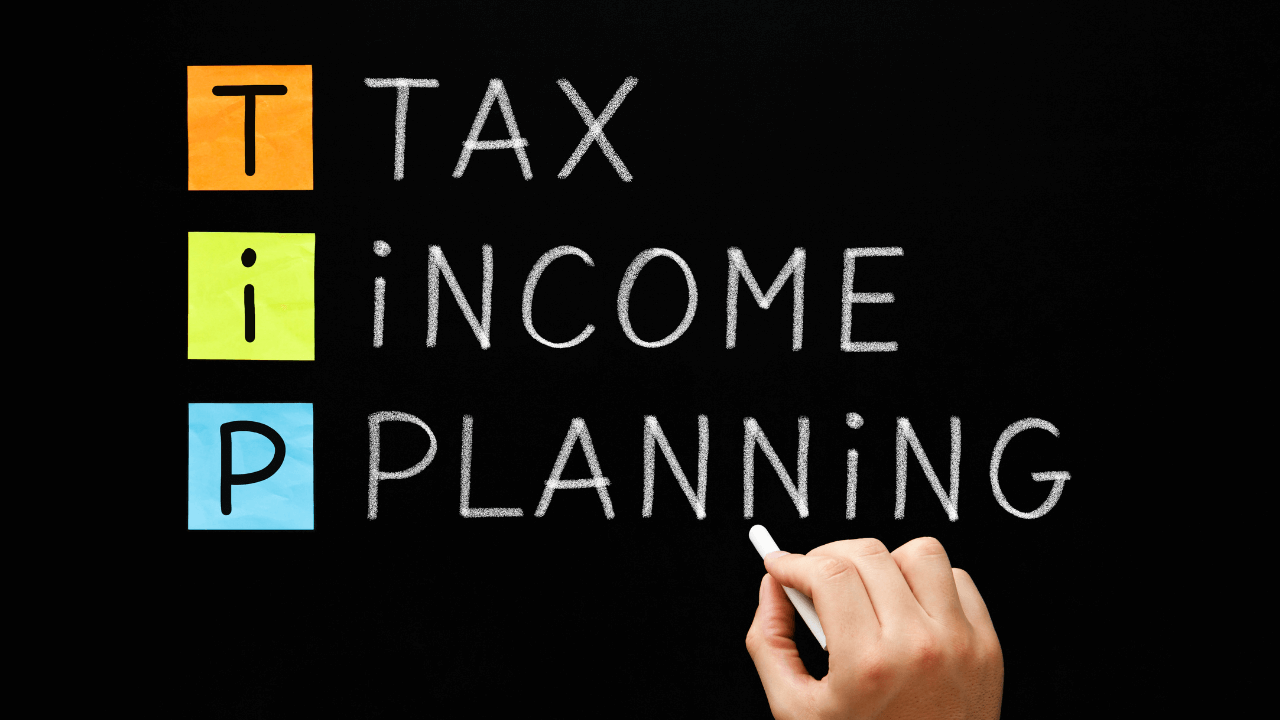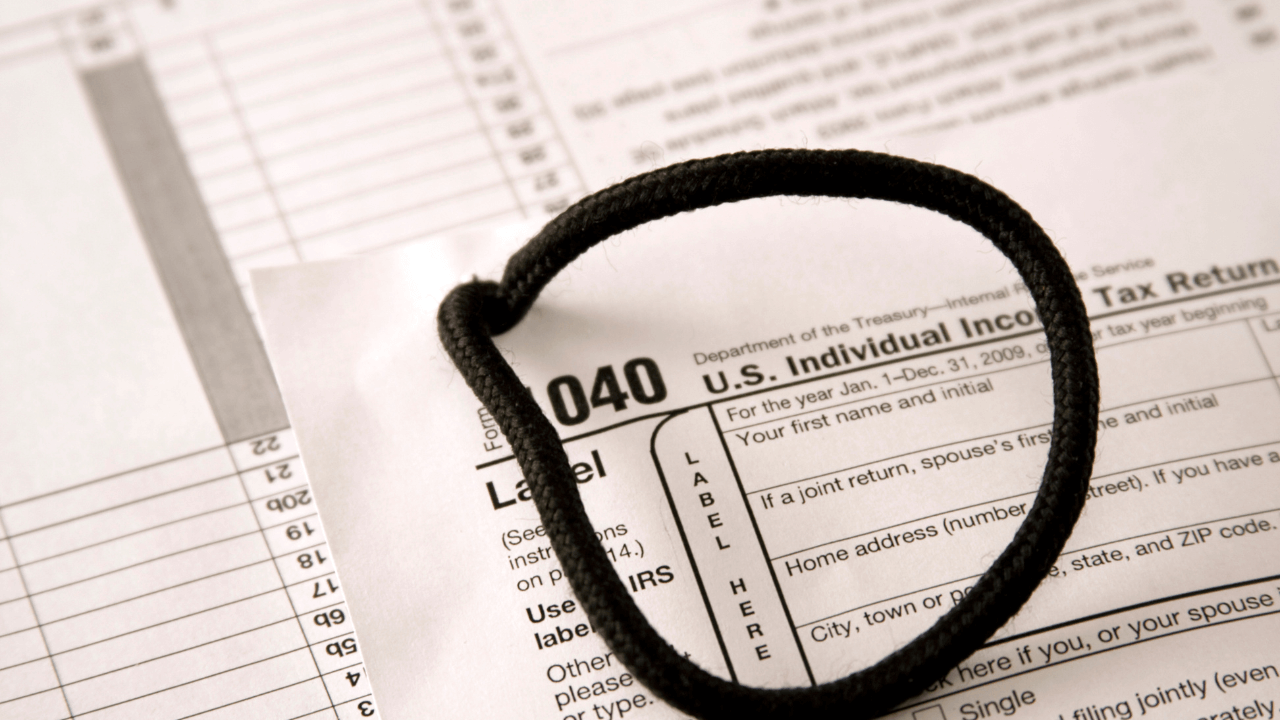Language:
What Is FICA Tax

Paying taxes is one thing that most cannot escape. While income tax season can be stressful, we have also been paying taxes throughout the fiscal year. For some people, specifically self-employed or small business owners, this payment happens quarterly. When you are reviewing or even paying your taxes, some categories of taxes might not sound familiar. One standard tax you might see or hear about is the FICA tax.
FICA has been around since the 1930s and seemingly isn’t going anywhere. It exists to fund programs to provide benefits to retirees, people with disabilities, qualified children, and surviving spouses. While the money you pay into FICA helps people currently, it is also helping the future. So let’s look a little closer at this tax that you likely see whether you are looking at your pay stub or in charge of payroll taxes at your business.
FICA Tax Explained
FICA is the federal payroll tax that funds Social Security and Medicare. FICA taxes started being collected in 1937 under the Federal Insurance Contributions Act of 1935, initially used to fund Social Security, but in 1965, the Medicare Tax was added to FICA. These funds benefit current retirees, disabled persons, and qualifying surviving spouses. You are only expected to pay this tax until you are 65. This tax is required to be paid every year.
Is FICA Tax the Same as Social Security Tax?
Sometimes you will hear others use the FICA Tax and Social Security tax interchangeably, but this is incorrect. It can be confusing because a large part of Social Security is funded by FICA, but it also supports Medicare’s budget. Think of it this way, the Federal Insurance Contributions Act or FICA tax is what Medicare and Social Security fall under, so when you mention FICA, you are referring to both.
How Is the FICA Tax Calculated?
The FICA tax is 15.3%. This amount includes the Social Security and Medicare tax. Individually, Social Security is 12.4%, and Medicare is 2.9%. The way these taxes are paid varies if you are employed versus self-employed.
For Employed Professionals
You might not notice FICA tax being taken out if employed through an employer because most people typically only look at their net earnings or the amount after taxes. If you earn up to $199,999, you and your employer pay 1.45% for medicare taxes, which totals 2.9%. If you make $200,000 and above, your employer pays 1.45%, and you pay 2.35%. For the employee, this is taken from your pretax income. You will most likely see the deduction every pay period; this can help it feel less daunting. Social Security is determined a little differently. You and your employer would pay 6.2% on the first 160,200 income. Those making over $250,000 married filing jointly, $125,00 married and filing separately, and all other filers making over $200,000 can expect an additional 0.9% withholding for Medicare.
For example, you can expect your withholdings to look like this as a single-income earner:
$60,000 in income would equal $4,590 total in FICA contributions. You would pay $870 in Medicare tax and $3,720 in Social Security tax.
It is important to note that you should not have to worry about paying your FICA tax if you are employed more traditionally. Instead, these taxes should be handled directly through your payroll department, relieving you of the responsibility.
For Self-Employed Professionals
The FICA tax seems to be pretty straightforward for someone who has their taxes paid by their employer. In the age of non-traditional jobs, you have to consider a lot of things when it comes to finances such as write-offs and how to ensure you are paying enough in taxes. When you are self-employed, you pay both the employee and employer portion of the FICA tax. That means, for example, instead of paying 1.45% of the Medicare tax, you would pay the entire 2.9%. Similarly, with the Social Security tax, you would be responsible for the entire 12.4%. This could sound complicated, but there are other benefits of being self-employed. Be sure that you are reaping all the benefits and filing your taxes correctly.
For example, you can expect your withholdings to look like this as a single income high earner:
$210,000 in income would equal $15,535 in FICA contributions. You would pay $3,045 in Medicare tax and $12,400 in Social Security tax. The additional $10,000 would be taxed $90.
Yes, keeping up with your tax payments is important, but as a self-employed person, keeping up with your quarterly tax payments is particularly essential. These payments are made four times a year and go towards your FICA tax and others. Failure to make your quarterly tax payments can result in a penalty.
Exemptions to the FICA Tax Rate
While most people have to pay the FICA tax under the assumption that they are contributing to a program they will eventually use, there are some exceptions to the tax rate. The most common exemption applies to certain incomes, such as veteran benefits, disability, and certain pensions. Additionally, student wages if they are employed at a college or university are also exempt, including international students. Finally, part-time work is also exempt from the FICA tax rate. It is always best to confirm you are exempt rather than assume to ensure you avoid paying penalties in the future.
Potential Penalties for Nonpayment of the FICA Tax
Most people are required to pay this tax, and failure to pay your FICA tax could result in penalties. For example, if an employer fails to pay, they are subjected to a fine of 2.5% on the unpaid amount. If a self-employed person fails to pay their FICA, they are subjected to a late fee of 0.5% for each month the tax is not paid.
FICA Is an Important Tax
The FICA tax is vital because it funds Medicare and Social Security. It can take a lot of work to keep up with all your taxes and how much you are expected to pay, so it’s helpful to have someone do the hard work for you. With doola, our Bookkeeping services can help ensure the small business payroll essentials are taken care of to help keep you stress-free and your business lucrative.
FAQs
What is FICA tax employee share?
The employer share of the FICA tax is half of the 12.9% Social Security tax and half of the Medicare 2.9%. This equals 7.9%
What form is the FICA tax filed on quarterly?
The form completed to file quarterly taxes is the Employer’s Quarterly Federal Tax Return form or form 941.
What form to pay FICA taxes as self-employed?
The form to pay FICA taxes as self-employed is the Schedule SE form. You might also see 1040 or 1040SR
Does everyone pay FICA tax?
There are some exclusions to paying the FICA tax. The exemptions include certain income levels, pensions, and disability payments.
Is FICA the same as the federal income tax?
No, FICA is not the same as the federal income tax. These are two separate taxes and are calculated differently.
Keep reading
Start your dream business and keep it 100% compliant
Turn your dream idea into your dream business.















